If you buy through our links, we may earn an affiliate commission. This supports our mission to get more people active and outside.Learn about Outside Online's affiliate link policy
Ask A Gear Guru: What Should I Wear For Spring Running?
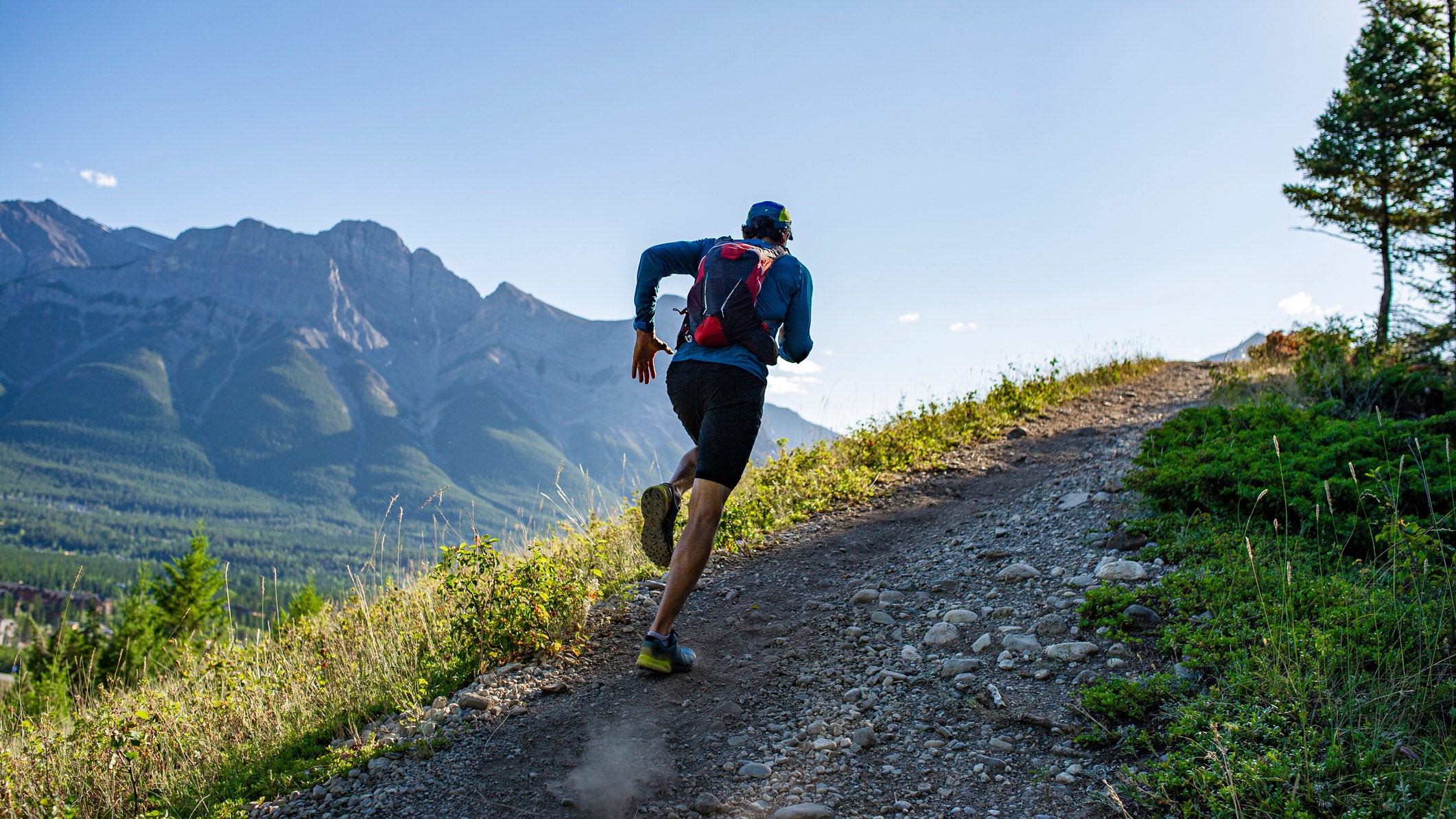
When it comes to spring running gear, layering is key. (Photo: Getty Images)
Being a Gear Guru means getting a lot of gear. It’s rare that I have a situation where I have to say, “Yeah I’m not prepared for those conditions because I don’t have the gear I need.” More often it’s a lack of preparation, motivation, or willpower that acts as my limiter on nasty-weather training days.
But due to my “Guru” status, I get to try lots of different things—some things that work well for the conditions I face and some that don’t. Even though I’ve worn some amazingly thick and warm winter running jackets, I’ve also sweated through (and then frozen my butt off in) about half of them because they’re just not the right tool for the job sometimes.
When it comes to running in the spring, you need lots of tools for a job that changes sometimes every few minutes. You’re in the weird space between being super fit and still banging out base mileage, and weather-wise, you’re in a similarly awkward phase (let’s call it the “middle-school phase” for those who have kids of that mutant-like age). You might go out for a run and the skies are beautiful and sunny and ten minutes later the wind is splitting you in two and you’re nearly frozen.
As such, you need to be prepared for the changing temperament of the middle-school phase of seasons. You need running gear that’s adaptable and versatile—stuff that can be packed or rolled up or stashed when the weather (or your pace) starts to heat up. And yes, from experience I can tell you that dressing for middle-school phase weather is more art than science (same with dealing with middle schoolers for that matter). Read on for my advice—on the gear, not the kids.
RELATED: Triathlete Buyer’s Guide: Running Shoes
When It Comes to Spring Running Gear, Change Is Good
Some of my running buddies make fun of me, not only because I wear a running backpack most of the time, or because I love arm warmers (I really love arm warmers), but also because I am known for changing shirts—particularly in the spring. If I do a big uphill run that starts cool, but ends with me finishing in a soaking, sweaty mess, I’ll swap that shirt out for a new one before I descend. No, I probably won’t win any races that way, but I’ll be burning way less energy trying to keep my core temperature up when my heart rate drops on the descent. And absolutely if it’s going to be spotty rain I’ll bring a backup shirt in my backpack for when my first one inevitably gets soaked through. Don’t be afraid to change your gear as you go, and if you opt to run with a running backpack or waistpack, use that space for extras you might need. Finally—and this is a hard one for many runners to hear—don’t worry about stopping quickly or changing on the fly (it’s a fine art); it takes about as much time as waiting for a red light, and doing it right will have a huge impact, especially on long runs.
When It Comes to Spring Running Gear, More Than You Think, Then Less
While this simple advice goes for most running, the springtime is often when you have the biggest contrast between your start temperature and your finish temperature. Chilly spring mornings can give way to sun and moderate temps in a matter of minutes; spring showers can disappear in the blink of an eye; and don’t forget you’re probably starting to get in shape, so some of your runs may require a build in effort and therefore body temperature. I’ve always been a fan of putting on a little bit too much at the start to get myself out the door and warm up fully knowing I’ll have to shed that layer in 10 to 15 minutes. If I keep it on any longer, I’ll be sweating through any excess layers and getting super cold almost immediately after. But you need a plan with your extra layers, which leads us to…
When It Comes to Spring Running Gear, Choose Stuff That Can Be Stowed
There is a very very fine art to stowing layers while running: Do not simply tie that jacket around your waist, letting the body section flap wildly behind you. It’s insanely annoying, and it could trip you up. I always make sure I wear the lightest outer layer I can find, knowing that I’ll roll it up tightly (by spinning it around itself), and then tying it tightly around my waist like a belt—no flappiness allowed. If you have more than just an outer layer, like gloves or a hat, you might need a small waist belt (more on that below). If you’re a big layerer (that’s a word…), you might need a running backpack or hydration vest, but we’ll get to that later too.
When It Comes to Spring Running Gear, Think Modular
Some of my absolute favorite pieces of gear for running—so important that I have multiple pairs—are arm warmers. I still don’t understand why arm warmers are commonplace in cycling, but rarely seen in running. I love starting a chilly run with my arm warmers on, then rolling then down to my wrists, where they live so unobtrusively until I might need them again if temperatures go south. Sweaty forehead? Use the rolled up arm warmer to wipe your brow. Heck if I’m doing a super hilly run, I’ll roll them to my wrists on hard uphills, and fully extend them on the downhills on automatic. The point is the arm warmer is modular, it serves many uses and can change on the go, just like a neck gaiter that you can also use as a hat. The more uses you can get out of a thing, the better.
Scroll down for some of my favorite spring running gear picks.
Spring Running Gear
Castelli UPF 50+ Light Arm Sleeves
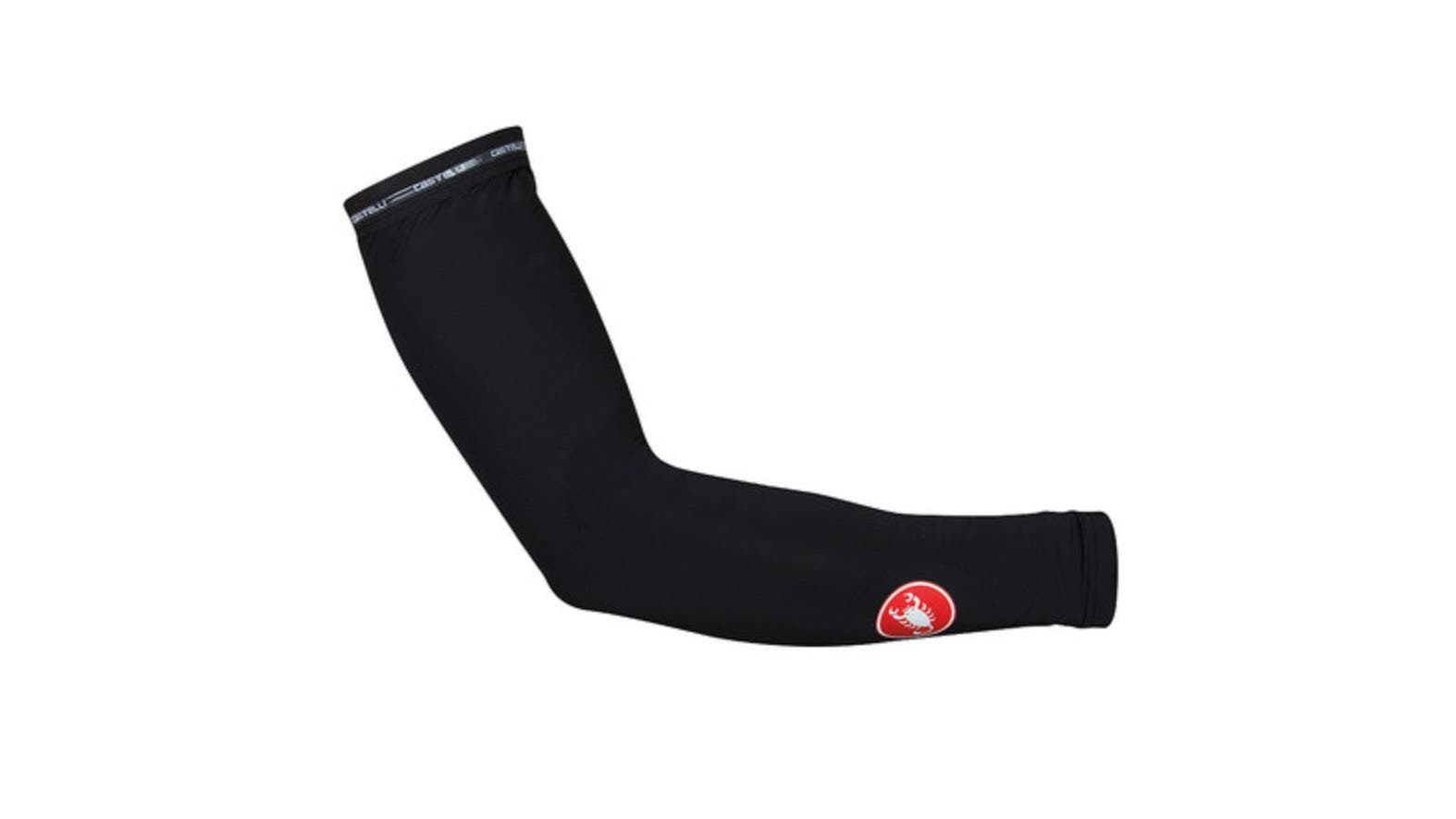
I love these arm warmers because they pack down crazy small, they’re super lightweight, but they still take the chill of your arms and will help you out in a light drizzle. Best of all, because they’re so lightweight, they dry off super quickly if you start to get too hot and roll them to your wrists. The sun protection they offer is another bonus, but selfishly I’ve only been concerned with how they keep my little stick arms warm.
Paths Projects Sykes PX Shorts & Liner
$58 (shorts), $27+ (liner), pathprojects.com
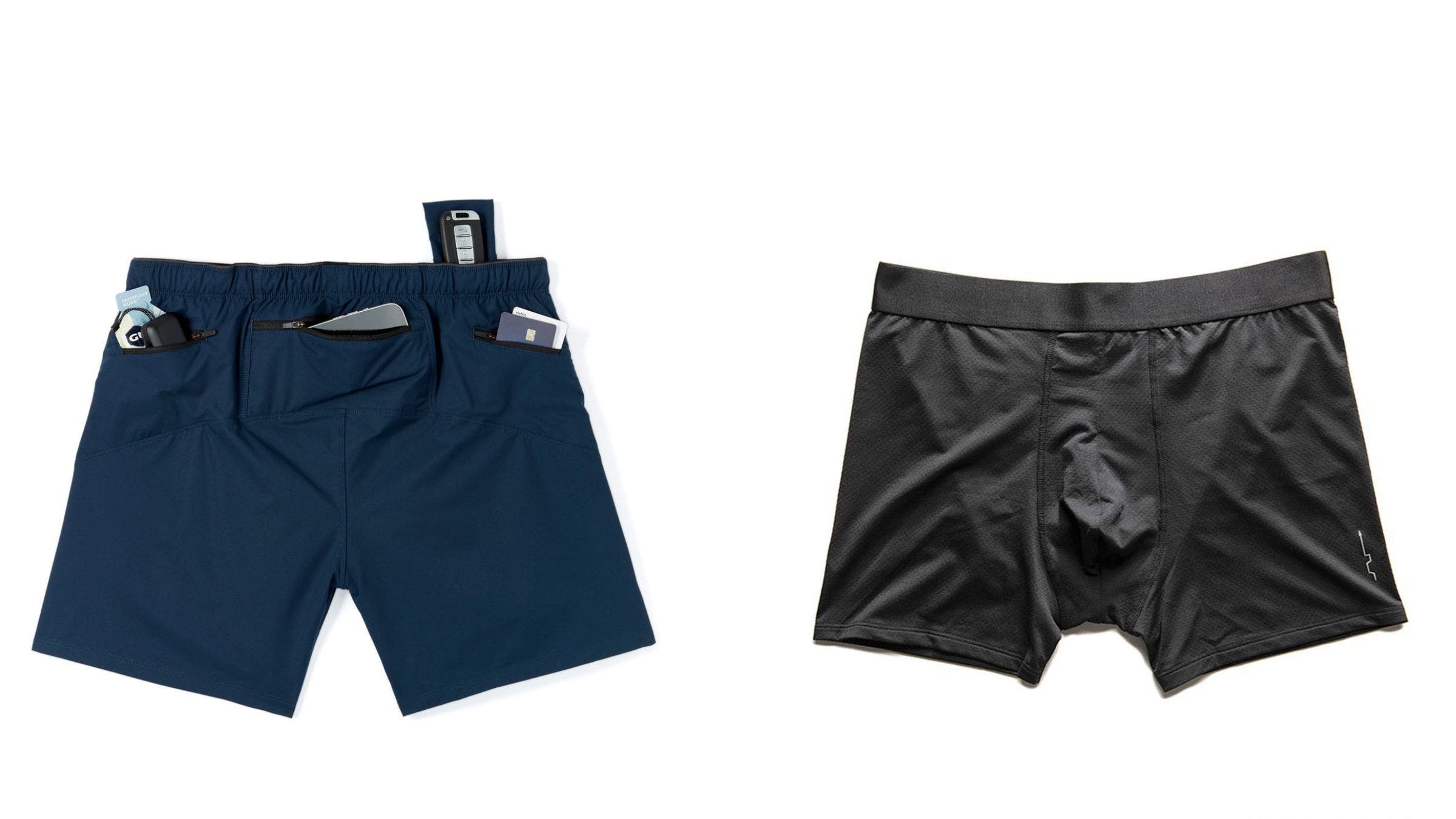
While most triathletes are likely familiar with lined running shorts, there’s a strong argument to be made for linerless running shorts that combine well with a few options for liners. In keeping with the modular theme, you can customize your liner based on the level of warmth and activity you’ll be doing. Heading out for a potentially hot or wet run, use this pair of well-pocketed running shorts from Paths Projects along with their Lynx PD liner. Going a little slower or you know it’ll be dry and cool? Use the same shorts but with their Tahoe CL liner.
Tracksmith Thaw Long Sleeve
$118 (men, women), tracksmith.com
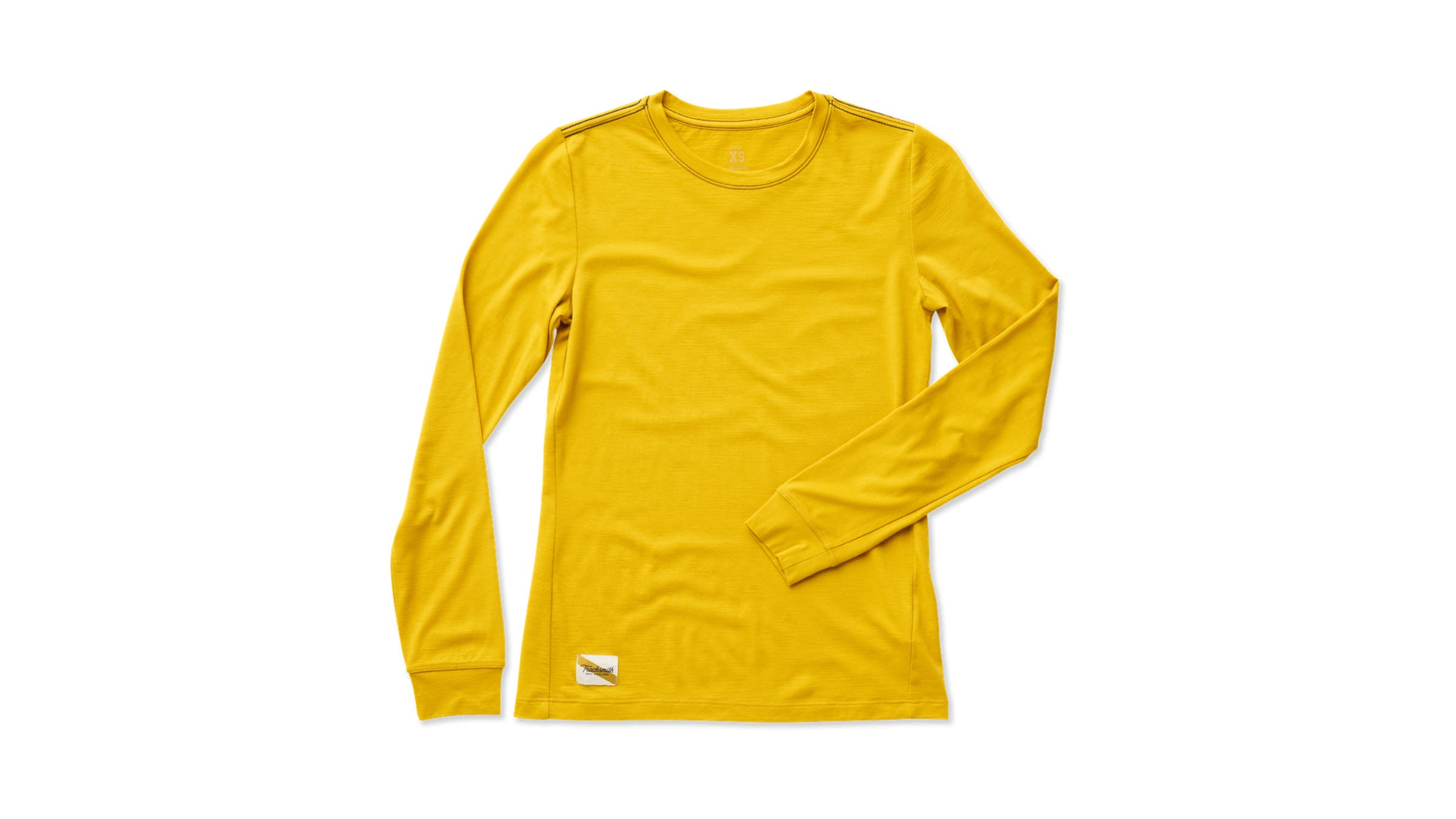
Tracksmith’s Harrier Long Sleeve is one of our favorite Merino wool long-sleeve running shirts, and this version gets a waterproofing boost for the spring. Offered in an easily visible yellow, the Thaw Long Sleeve has an HeiQQ eco-dry finish to help shed rain, stains, and mud (all of which you’ll encounter in spring running). Better yet, the Merino base helps repel funky smells that your own body will produce while getting in those shoulder-season miles.
Nathan Sports HyperNight Stealth Jacket
$120 (men, women), nathansports.com
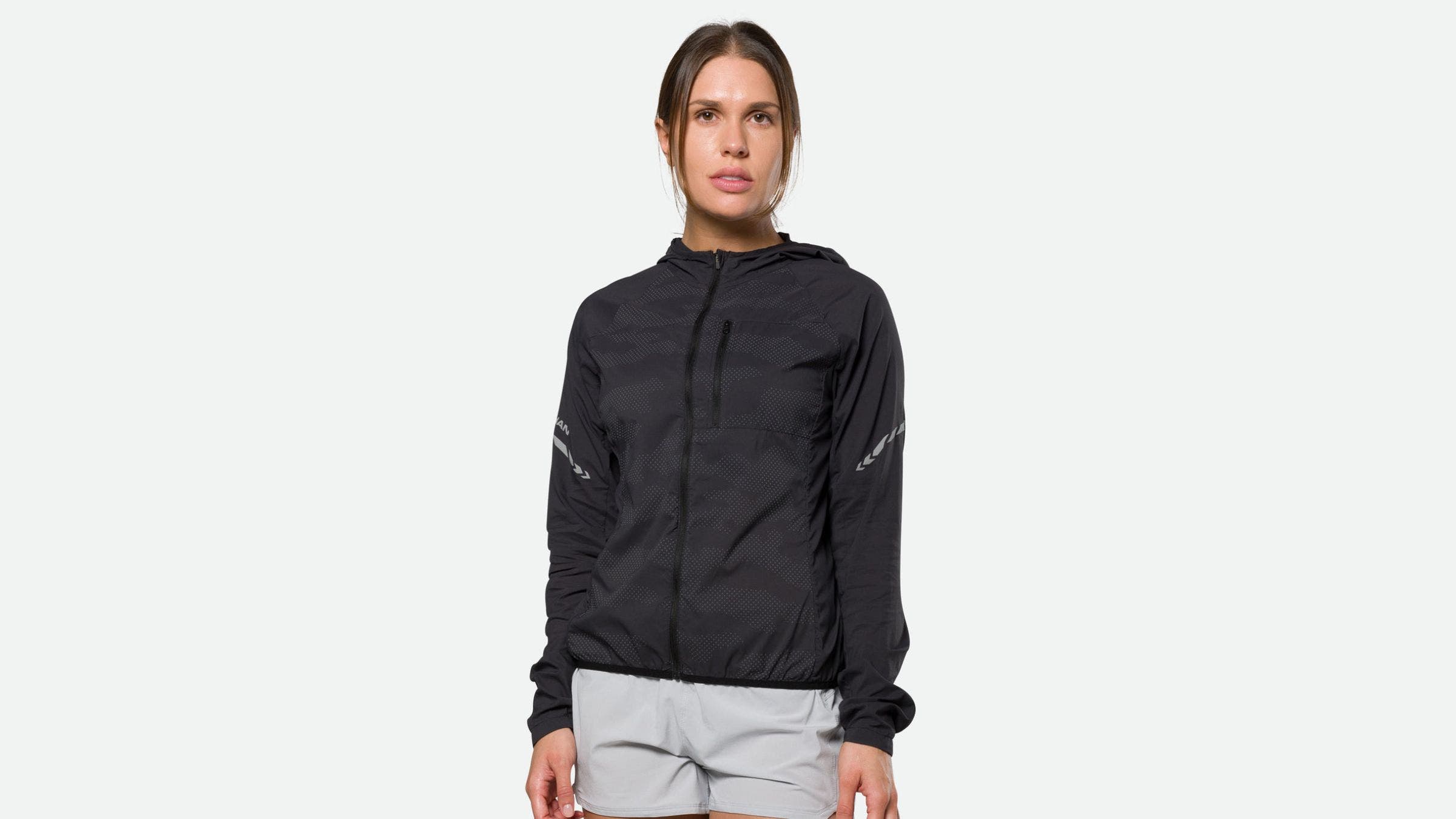
There’s not many running jackets out there that pack down more than the HyperNight Stealth jacket from Nathan. Not only does it get super small (like, you could put it in your shorts’ pocket small), but it’s made of a unique material that keeps out wind and rain but doesn’t result in that annoying, loud “swishing” noise like most outer shells. And don’t worry about the fact that it’s black—Nathan has woven in a reflective material that pops in low light.
Ultimate Direction Race Vest 5.0 (men), Race Vesta 5.0 (women)
$130 (men, women), ultimatedirection.com
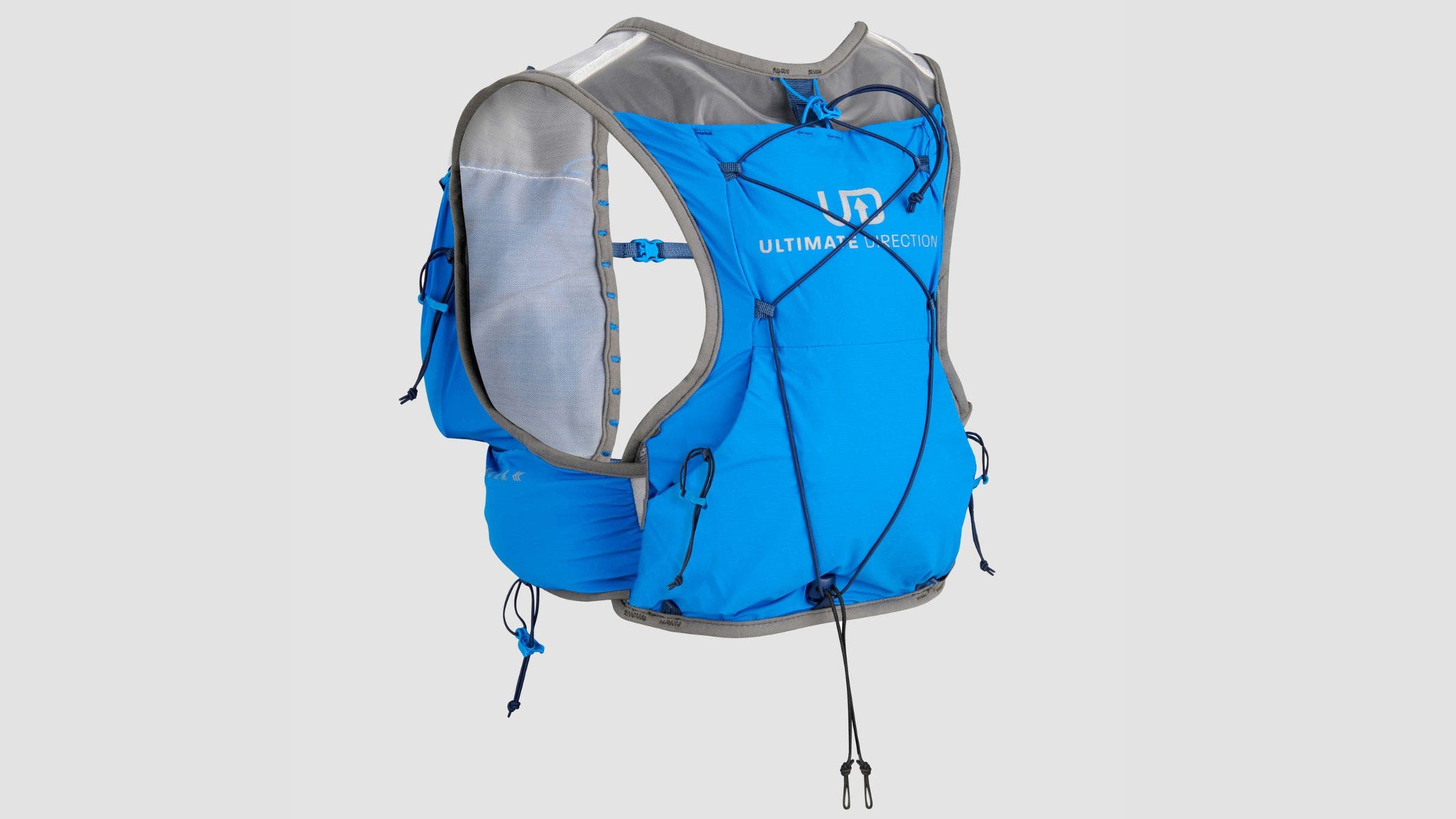
This is the latest update to a great running vest/backpack for those who are looking to stash a little gear or bring a little hydration without a ton of bulk. The close fit of this vest means there’s no bouncing, and the bungee compression on the outside is the perfect place to stash that soaked shirt you’re changing out of—giving it a chance to dry. Even better, the low profile on this pack still fits well under most outer layer shell jackets. There may be hydration packs that can store more than this 6L vest, but they’ll all feel much bulkier and create more sweat.
Buff Lightweight Merino Wool
$30, rei.com
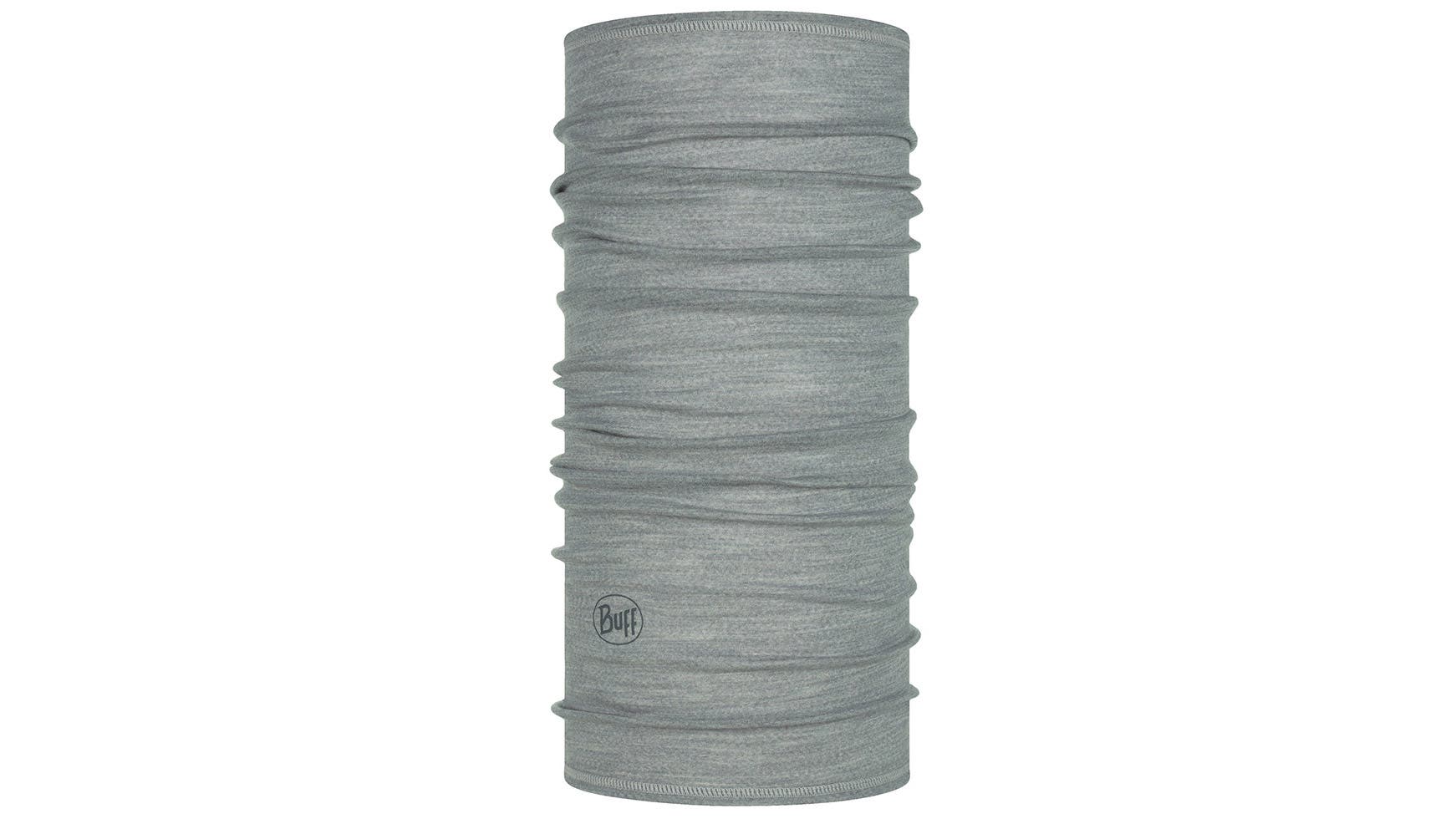
Neck gaiters like this one from Buff are the ultimate spring running staple. Use it as a hat when it’s super chilly, roll down to a headband as you heat up, then drop to your neck when your head no longer needs any warmth. Tthe soft Merino fabric is certainly warmer than their regular material, so be sure to grab the lightweight version if you don’t want to overheat.
Gore Thermo Mid Sock
$30, amazon.com

I’ll admit it, Gore-Tex stuff used to make me sweat my brains out back in the day—it was like my kryptonite. Today’s Gore is totally different, way more refined, and actually breathes while keeping chill and water out. This pair of socks from my previous arch-nemesis works well in very chilly temperatures, but we’ve had great luck with these even in spring temps. The even better news is that they dry quickly and still breathe well—perfect for changing conditions.
Amphipod AirFlow Trail Pack
$35, rei.com

So even if you’re not a big fan of running with a backpack or hydration vest, there’s a good chance you’ll need to stow some of your spring running gear layers as you put them on and take them off. This minimal waistpack from Amphipod is big enough for today’s huge phones or things like gloves, a super packable outer shell, and more. The best thing about this setup is unlike a backpack or vest, you should be able to change and stow as you run with a little practice.